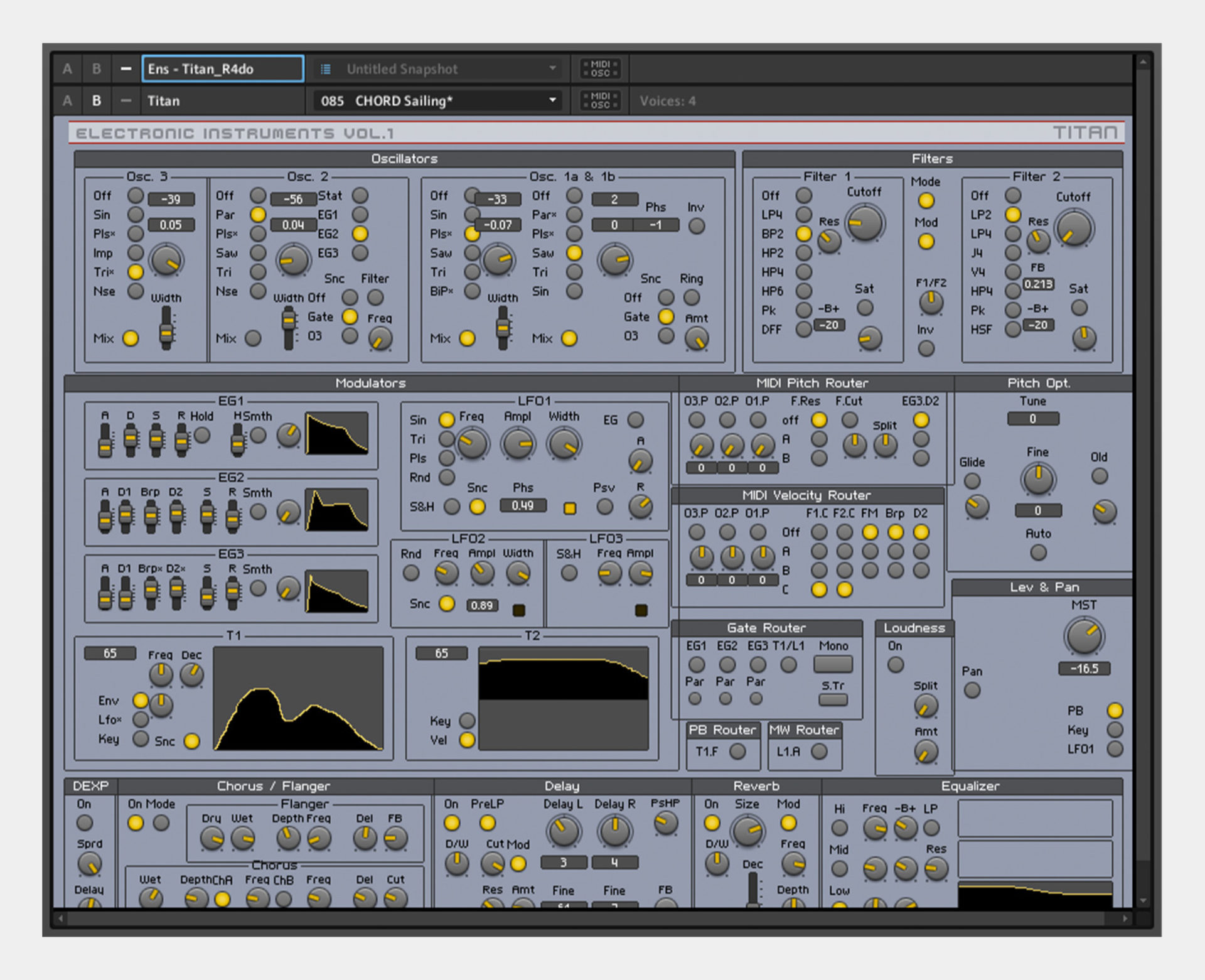
The AI based neural TTS voice technology has simplified the pipeline into three major components. There is no end-to-end optimization in between, so the quality is not optimal. Each step could involve human, expert rules or individual models. Why is neural TTS so much better? Traditional TTS is a multi-step pipeline, and a complex process. The benefit of using Azure neural TTS for read-aloudĪzure neural TTS allows you to choose from more than 140 highly realistic voices across 60 languages and variants that enables fluid, natural-sounding speech, with rich customization capabilities available at the same time. With Azure neural TTS, it is easy to implement your own read-aloud that is pleasant to listen to for your users. With all these examples and more, we’ve seen clear trending of providing voice experiences for users consuming content on the go, when multi-tasking, or for those who tend to read in an audible way. In specific, this feature supports a longer listening scenario for document consumption, now available with Word on Android and iOS. This is an eyes-off, potentially hands-off modern consumption experience for those who want to do multitask on the go. It has adopted Azure neural voices to read aloud content to students.

Immersive reader is a free tool that uses proven techniques to improve reading for people regardless of their age or ability.
#AZU AUDIO CONVERTER FREE DOWNLOAD FULL#
The read-aloud voice quality has been enhanced with Azure neural TTS, which becomes the ‘favorite’ feature to many (Read the full article).
#AZU AUDIO CONVERTER FREE DOWNLOAD PDF#


 0 kommentar(er)
0 kommentar(er)
